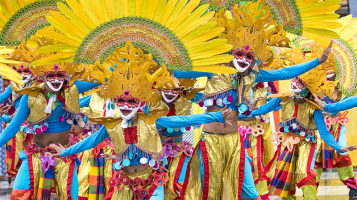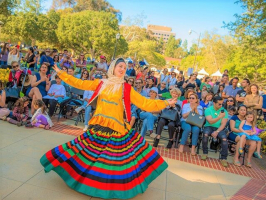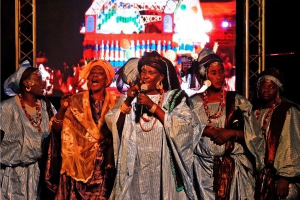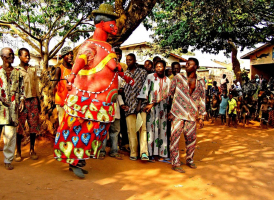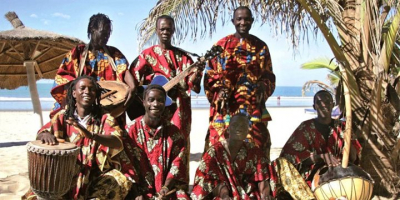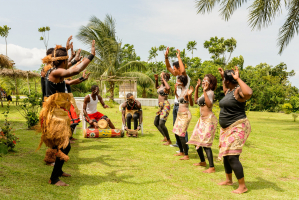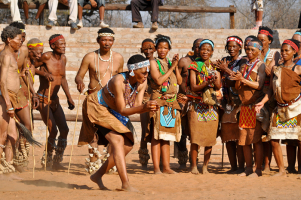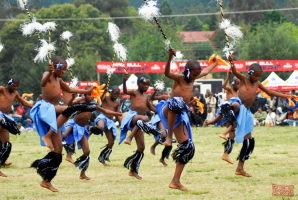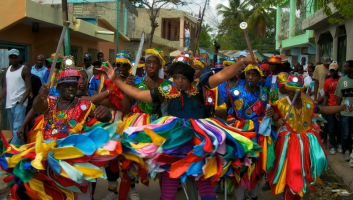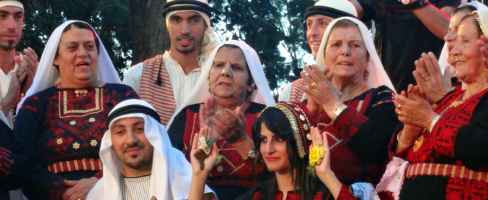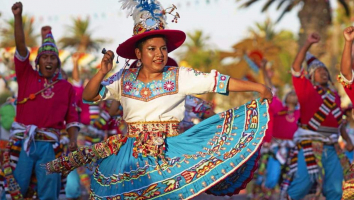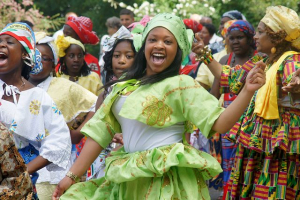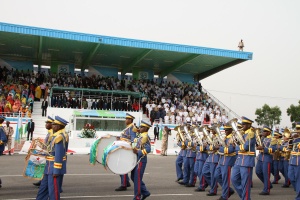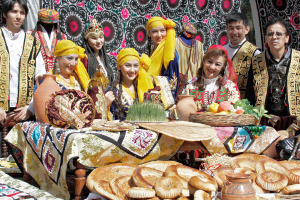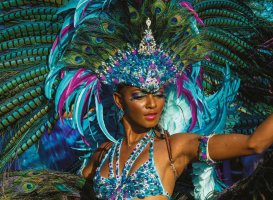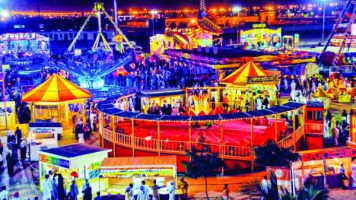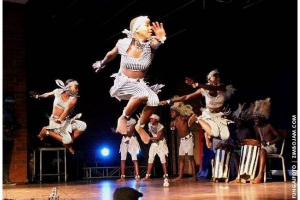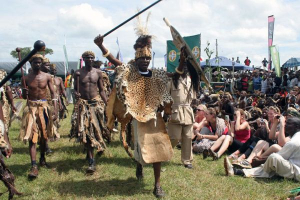Top 9 Most Famous Festivals In Guatemala
One of the reasons we travel is to learn about new cultures, to broaden our horizons, and broaden our viewpoints. We've come to ask you a question today: What ... read more...better way to achieve that than to join the locals at a party? Guatemala is brimming with cultural events, prompting us to compile this list of the most famous festivals in Guatemala.
-
Semana Santa, Guatemala's most famous festivals, is a week-long celebration of Christian Holy Week. The city sidewalks and church floors are carpeted with brightly colored sawdust and flower petals alfombras. Easter is the oldest and most important Christian event, with a date that is determined by the lunar calendar rather than a fixed date. As a result, Semana Santa might occur anywhere between late March and mid-April. Easter Sunday will be on April 12 in 2020.
Guatemala's Holy Week, also known as Semana Santa, is a really unique event. Although celebrations take place all across the country, Antigua is the most vivid, with streets carpeted with alfombra, complex rugs made of dyed sawdust that take teams of people a whole day to build.
Mangoes, pineapples, and oranges are among the fruits that are arranged in elaborate patterns. The religious processions then proceed slowly through the streets, stepping on the carpets and destroying them as they do so, accompanied by mournful music, swaying incense, and groups of worshippers. While processions are held every day, the largest are held on Palm Sunday and Good Friday.
Date: April 10th - April 14th (2022 Date)
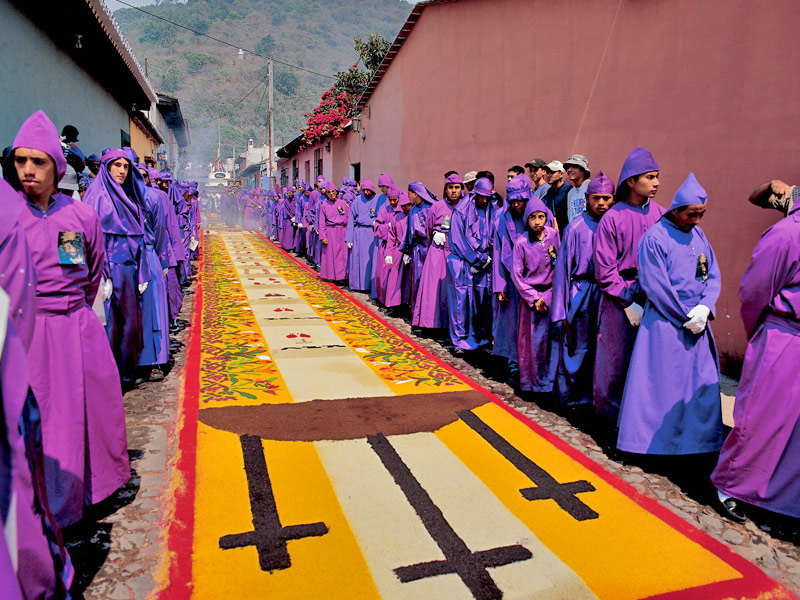
Source: viaventure.com/six-tips-to-spending-easter-in-antigua/ 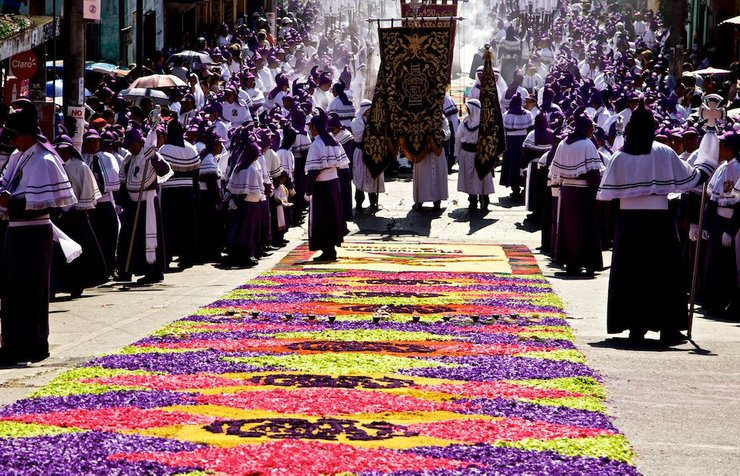
Source: rove.me/to/guatemala/semana-santa-or-the-holy-week -
All Saints Day is observed on November 1st throughout Guatemala. This is a joyful time for families to come together to pay their respects to deceased relatives by visiting and decorating family cemeteries. Winds that are distinctive of the new season begin to appear in November. These wind conditions are ideal for kite flying.
Kites are flown during these Guatemalan festivals as a symbolic attempt to speak with the dead. The communities of Sumpango and Santiago put on one of the most spectacular performances of the event. People spend months, if not a whole year, there making massive barriletes gigantes (giant kites). These kites may reach heights of several stories. Many are round, but some are more detailed, like a peacock, owl, or butterfly. They're all made of tissue paper or rice paper and bamboo, and they're all large enough to be flown when the wind allows. Frequently, the kites carry vital social messages about the environment, women's rights, and kid protection.
Locals in Sumpango compete to see who can make the most beautiful kite and have it fly the longest. This particular day in Sumpango, known as El Festival de Barriletes Gigantes, is one of Guatemala's most famous festivals. People come from all over the world to see the kites because of their vivid colors and size, as well as the wonderful tradition of honoring deceased loved ones.
Date: November 1st
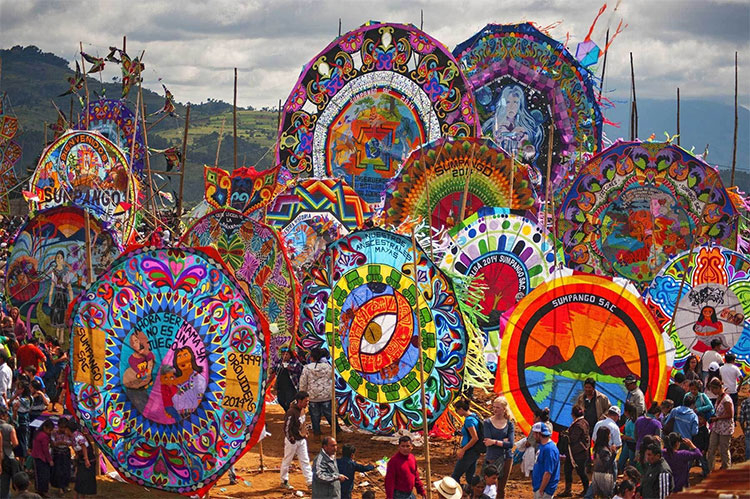
Source: antiguatours.net 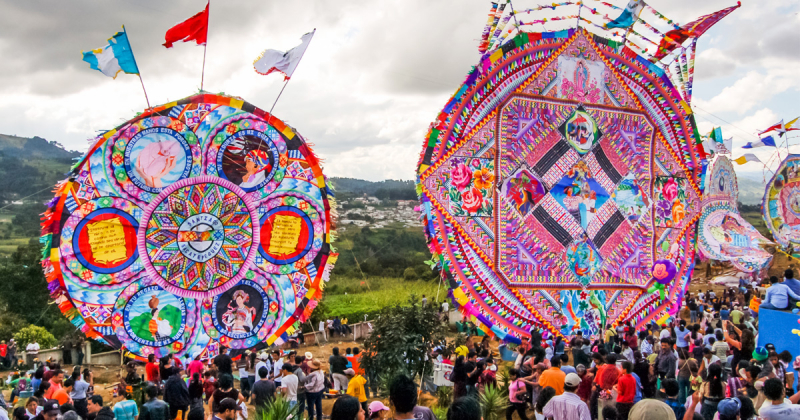
Source: antiguatours.net -
New Year's Eve is another famous Guatemalan festivals. People put on new garments in the hopes of gaining wealth and success. Parties go on all night, impromptu dances break out, and music fills the air. Fireworks are necessary and should be used liberally.
The toritos, guys dressed in cages of ametralladora de cohete (bottle rockets/firecrackers), charge the people while dancing and setting off their ordinance is one of the most bizarre rituals.
While it is an official holiday in Guatemala, New Year's Day is a calm day when people recover after the festivities of New Year's Eve / Ao Nuevo. Many people visit beaches on the Pacific Coast, such as the black sands of Monterrico, or the country's balnearios, natural bathing pools made from clear mountain streams, such as Balneario Pasabien in Zacapa.
New Year's Day is also a great time to indulge in popular meals and beverages in order to avoid la goma or hangovers. Guatemalan ceviche de camaron (shrimp ceviche) and caldo de pollo (chicken soup) are popular delicacies to seek out as natural treatments for recovering from New Year's Eve revelry.
Date: December 31st
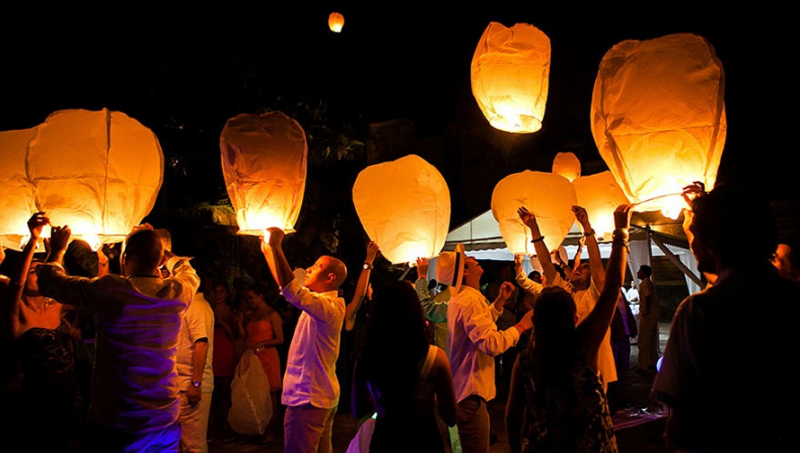
Source: guatemala.com 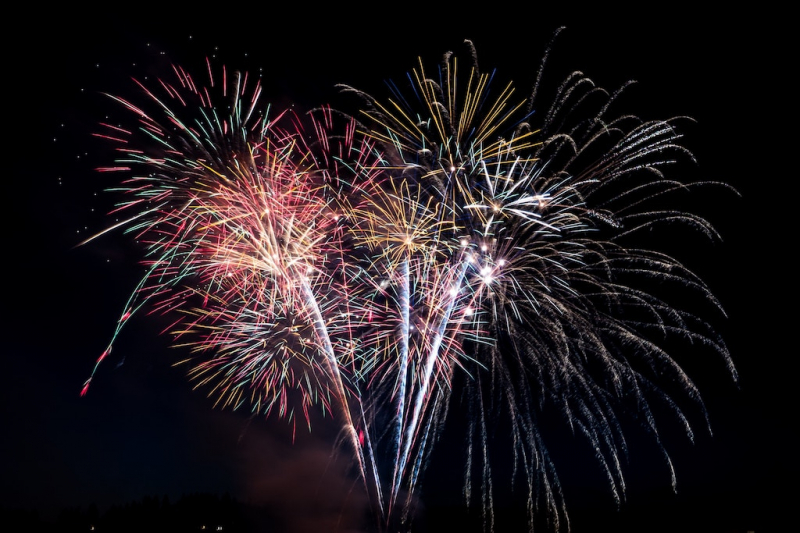
Source: theculturetrip.com -
Guatemala gained peaceful independence from Spain on September 15, 1821. Buildings and buses are decked in nationalistic blue and white in the weeks leading up to Guatemala's Independence Day.
Several military parades are held throughout the country during this time. Dances, fiestas, regional fairs, and fireworks are held to commemorate the day. Independence Day is one of Quetzaltenango's most famous festivals.
In Guatemala, how do people commemorate the country's independence? Expect a lot of flag waving, blue and white banners, marching bands with trumpets, trombones, and drums, schoolchildren marches through the streets, and plenty of speeches from government leaders. On Da de la Independencia, one of Guatemala's most important holidays, you can hear marimba bands and often see traditional dances such as Christians vs. Moors and El Baile del Torito.
Date: September 15th
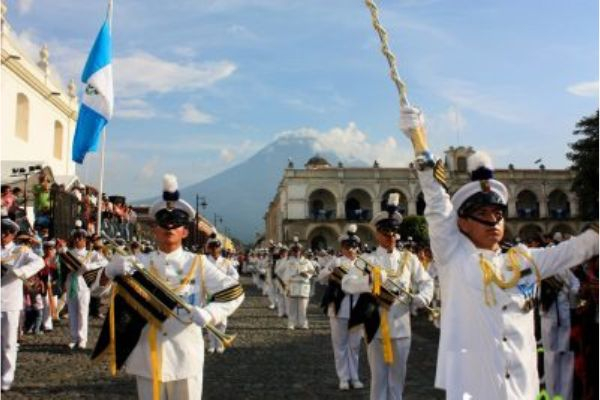
Source: spanishmarks.com/blog/independence-day-guatemala/ 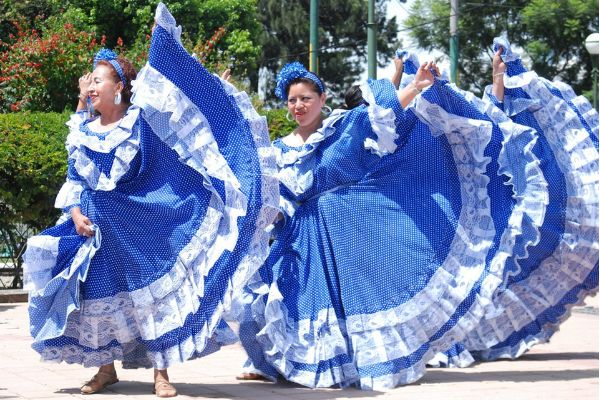
Source: rove.me/to/guatemala/dia-de-la-independencia -
Carnival is held in February, during the week preceding Lent. Carnival in Guatemala is more gentler and more family-friendly than Carnival in Brazil.
During the Carnival season in Guatemala, you may see people buying painted eggshells known as "cascarones." After that, the eggshells are filled with confetti and crushed against someone's head. This is a highly common carnival ritual among teenagers and schoolchildren. At school, many of them dress up and throw confetti at each other.
Carnival is one of Guatemala's most famous festivals, bringing with it a wealth of delightful and colorful memories. Mazatenango's Carnivals are a large, colorful festival open to the entire town's inhabitants. Everyone is welcome to take part, and the group is planning events for both adults and children. It also includes the queen's crowning, sporting events, dances, religious activities, handicrafts sales, floral games, and the Grand Parade. The parade that passes the town's main streets is the highlight of the festivities. This parade has floats created by many sectors of society, including colleges, institutes, private businesses, civil society, and some government agencies.
Date: Fat Tuesday, right before the start of Lent
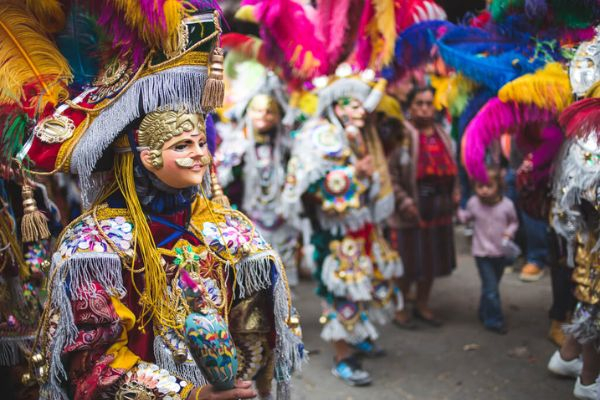
Source: buenaondavolunteers.org 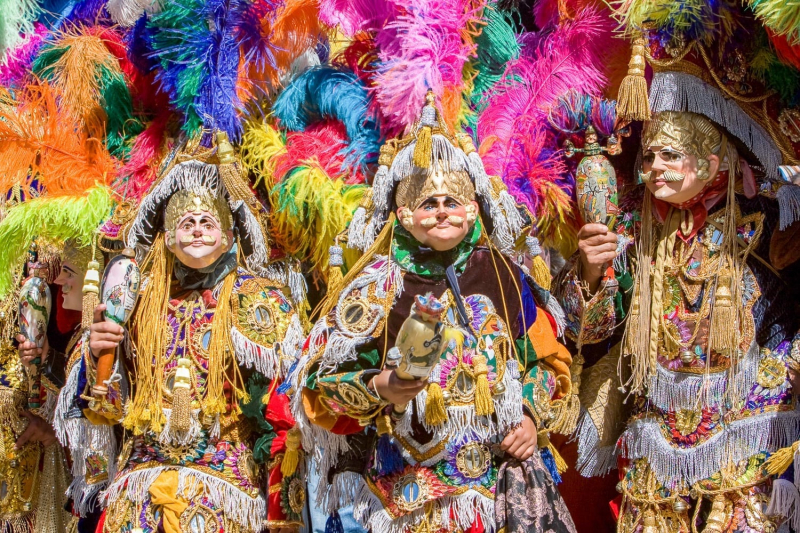
Source: landedtravel.com/destinations/festivals-celebrations/ -
Ascension Day, the 40th day of Easter, is one of Guatemala's most prominent religious holidays. The Mam Maya people of Quetzaltenango commemorate Ascension Day on May 9th in Lake Chicabal, a sacred lake in the crater of Volcán Chicabal near San Martn Sacatepéquez.
Traditional Guatemalan music, flowers, and prayers are part of this lakeside event. The participants should be treated with the utmost respect. The use of photographs and films is absolutely prohibited.
Considered one of the most famous festivals in Guatemala, Ascension Day represents the 40th day of Easter.. Ascension Day is observed by the Mam Maya people in Lake Chicabal, which is located in the crater of Volcán Chicabal near San Martn Sacatepéquez in the department of Quetzaltenango. Flower displays, rituals, and religious ceremonies are all part of the festivities.
Mam Maya people celebrate a particular feast to the World God on "Jueves de Ascension." This celebration takes place on the shores of Lake Chicabal, a sacred lagoon in the Guatemalan department of Quetzaltenango. Mayan priests and priestesses perform ceremonies on Ascension Day, hoping for rain and healthy crops.
Date: May 9th
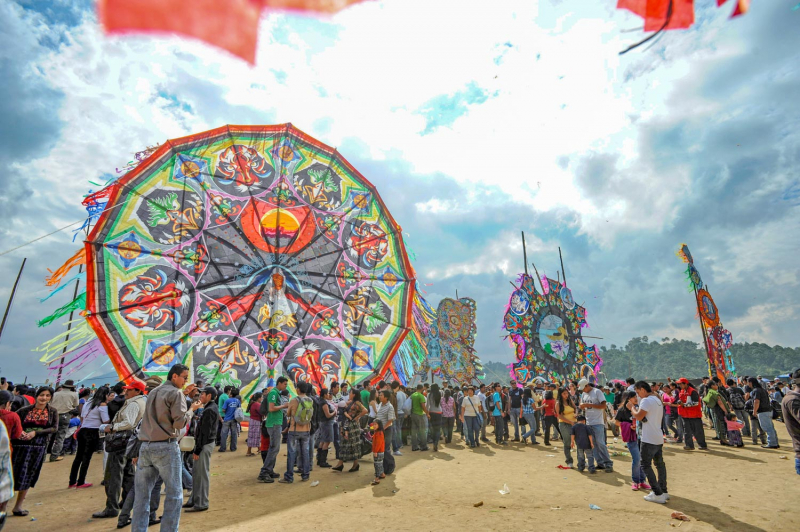
Source: landedtravel.com 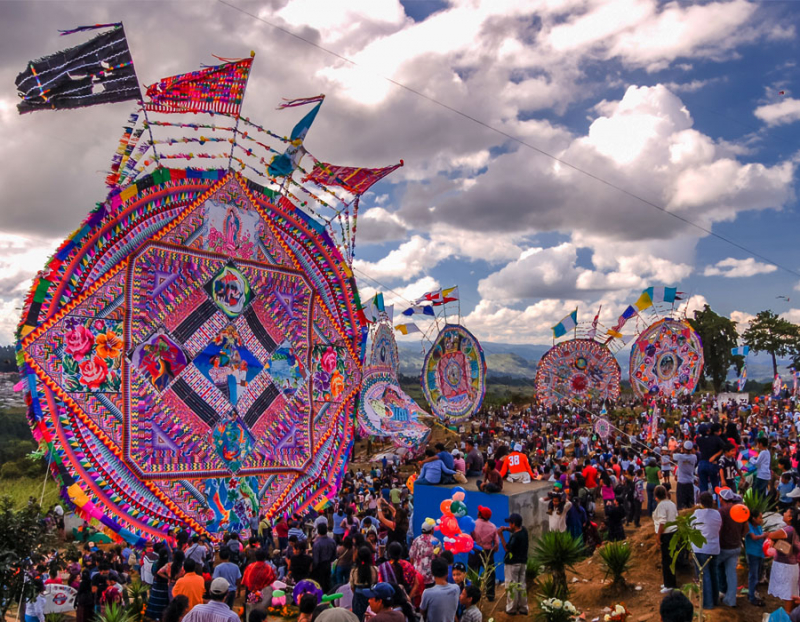
Source: viaventure.com/3-unique-fall-festivals-in-guatemala/ -
Coban has its annual Rabin Ajau event on July 27th. Indigenous communities from all around Guatemala converge for this festival to perform traditional dances and ancestral music. A pageant in which Maya women compete for the title of Queen is the festival's highlight.
Contestants are evaluated based on their dedication to Maya principles and customs. The Kekchis Indian heritage is celebrated in style at the National Folkloric Festival in the highland city of Coban. The streets are alive with dance and performances by native Kekchis dressed in traditional garb. The festival's highlight for many is the crowning of the beauty pageant queen. The competition can run up to four days and includes traditional singing ensembles and parades showcasing Guatemala's cultural history.
Date: July 27th
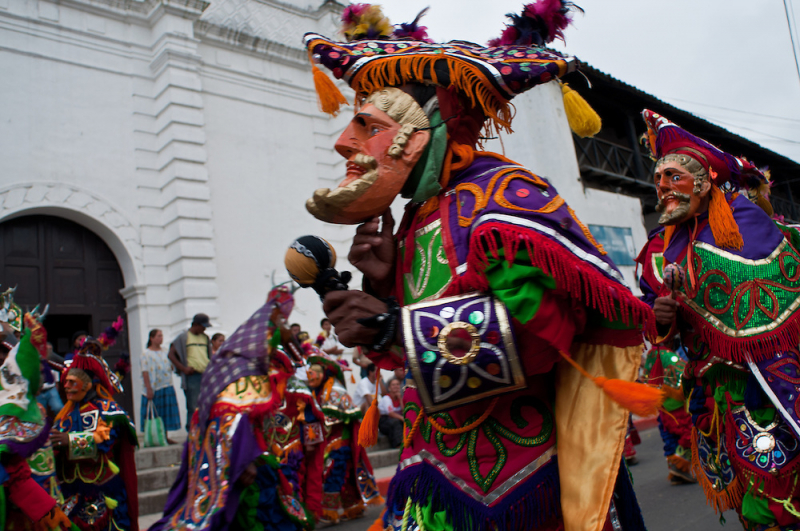
Source: jeremywadeshockley.com 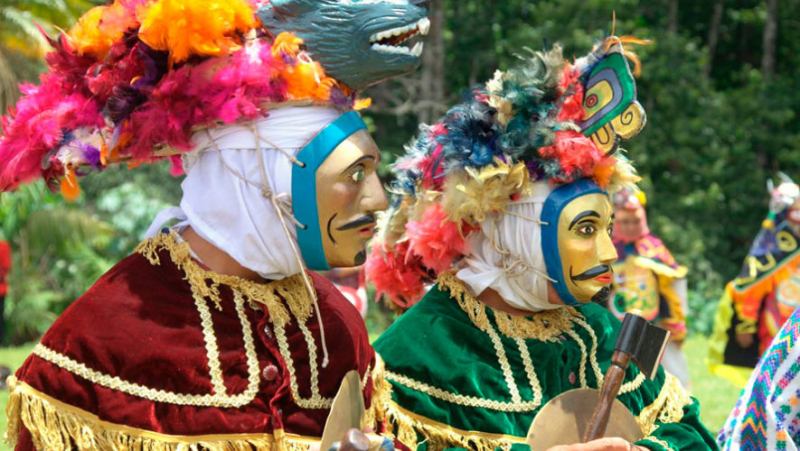
Source: eventos.guatemala.com -
The Skach Koyl or Drunken Horse Racing festival, which takes place each year in the Mayan Highlands around November 1st or Dia de Todos Los Santos, is one of the more bizarre and famous Guatemala festivals. Locals drink, dance, listen to marimba music, and carouse for three days before the marathon on November 1.
The competitors then don special hats and drink themselves into a stupor on race day, racing their horses around a circuit or through the village. To avoid falling from their horses and being trampled, many must be tethered to their saddles. Consider it a booze-fueled Guatemalan equivalent of the Spanish bullfight. The individual who stays on his horse for the longest wins the race.
The community of Todos Santos Cuchumatán is notable for its distinct and well-preserved Mam Maya customs, which extend beyond the depravity of its Drunken horse racing festivals. Men in the area wear red and white striped trousers, blue, purple, and white embroidered collar shirts, and straw hats with woven ribbons. A woven textile bag is usually thrown across their shoulder.
Date: Every year at the end of October
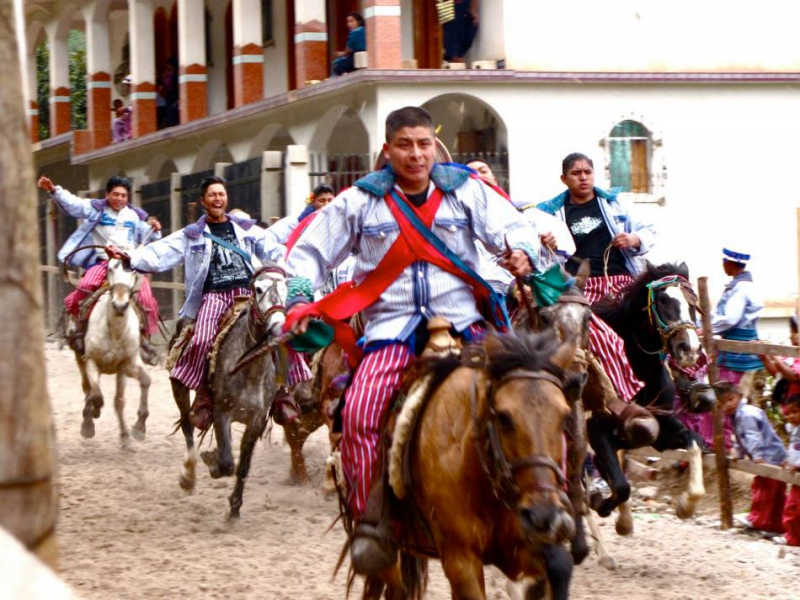
Source: facebook.com 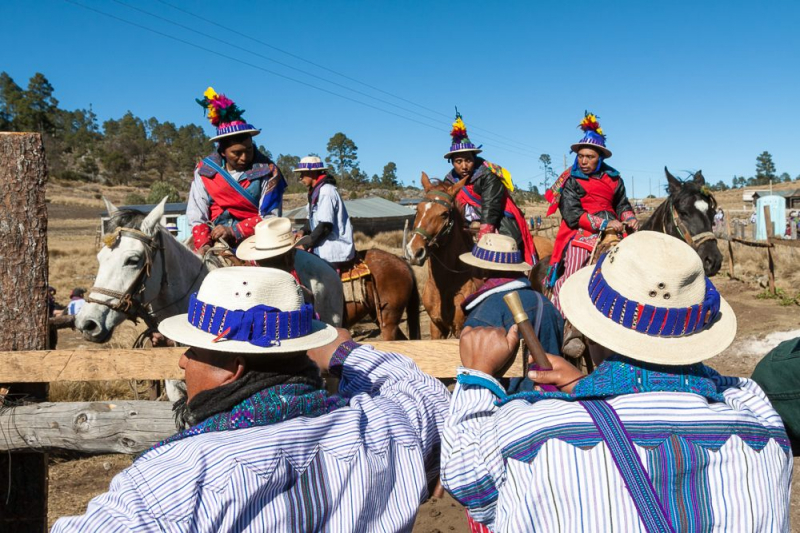
Source: atlasobscura.com -
Chichicastenango's town fair runs from December 14 through December 21. The Fiesta de Santo Tomás, in honor of the town's patron saint, is the most famous festival in Chichi. The Fiesta takes place every year in mid-December and lasts for a week. A cofrada, or honorable brotherhood of town elders, organizes it. The celebration begins and ends with a march of the cofrada through town toward the church, accompanied by flute and drum music.
Young men show their strength and daring by climbing a pole known as the Palo volador during this festivity. They spiral back to earth on ropes once they reach the summit. The celebration ambiance is enhanced with nativity scenes, handcrafted Christmas ornaments, and posadas, or processions.
Chichicastenango's Santo Tomás Fiesta is a unique and exquisite celebration. During the festivities, a spectator is forced to learn a great deal: the exceptional richness of Guatemalan culture; the adaptation of prehistoric rituals to modern circumstances; the vast diversity of masked rituals in even a single Guatemalan town; and, last but not least, the Guatemalan people's creative and fun-loving nature.Date: December 13th until the 21st
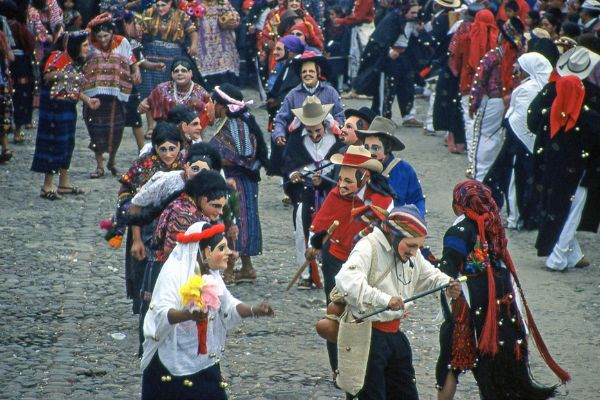
Source: rove.me 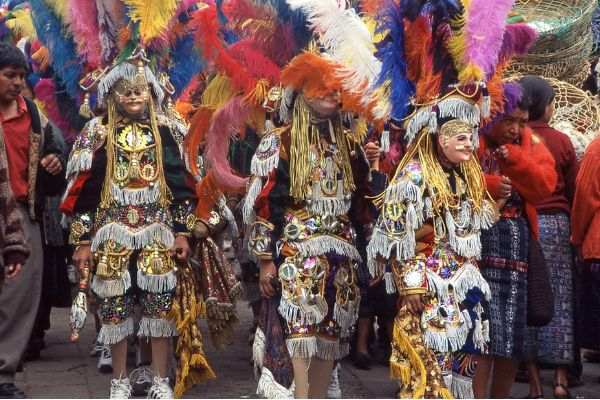
Source: rove.me











